The Software: Server, Clients and Plugins
Connected and Secure
Bareos (Backup Archiving Recovery Open Sourced) is a cross-network Open Source backup solution (licensed under AGPLv3) which preserves, archives, and recovers data from all major operating systems. The client-server backup solution consists of several components which communicate with each other securely over the network: the Bareos Director, one or more Storage Daemons and the File Daemons installed on the clients to be backed up.
The Director is the control center. Among other things, it manages the settings of the database (catalog) and the connected clients, the File Sets (which describe which files Bareos should back up), the configuration of the plug-ins, before and after jobs (programs which should run before or after performing a backup job), the storage and the media pool (properties and retention times), schedules and the backup jobs themselves.
Bareos supports TLS/SSL encryption during data transport (pre-shared key or certificates). In addition, the backup solution already encrypts data on the client, i.e. before the File Daemon sends its data to the Storage Daemon. Before the restore, Bareos validates the signatures and reports any discrepancies. The Director and the Storage Daemon have no access to unencrypted content at any time.
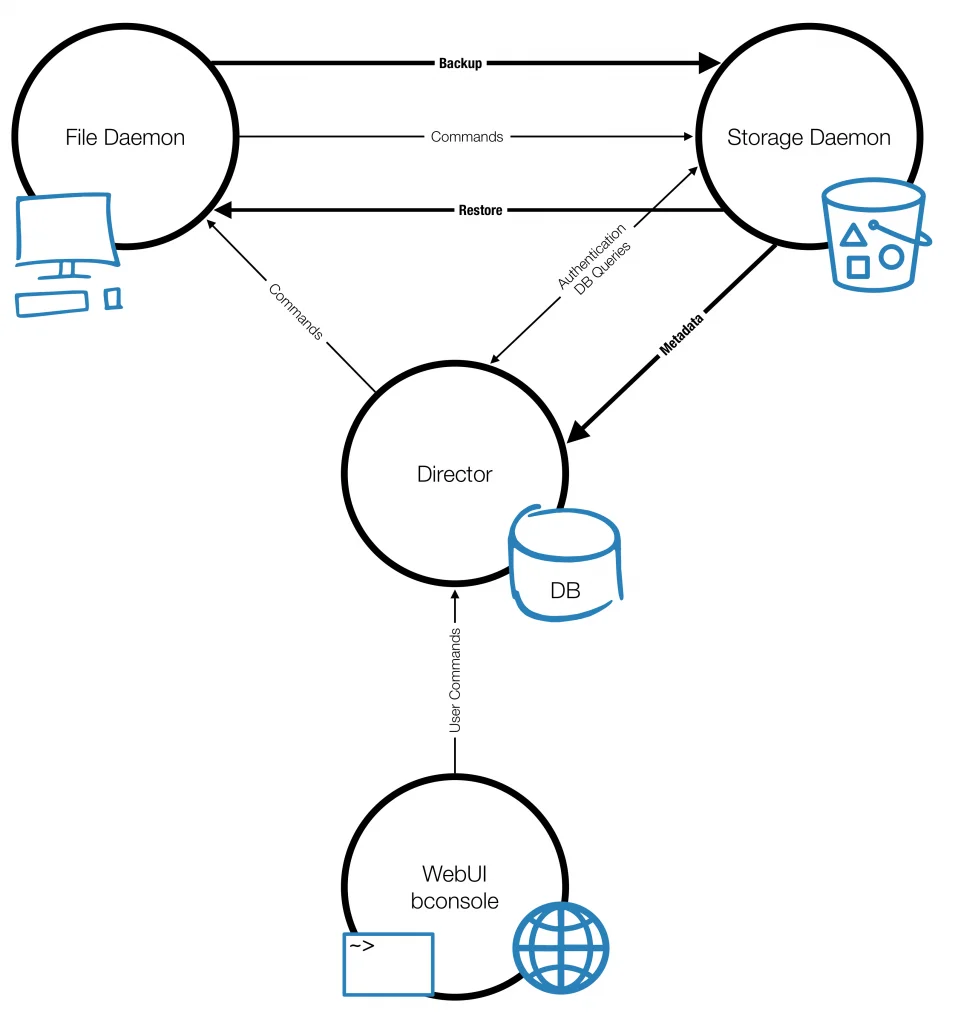
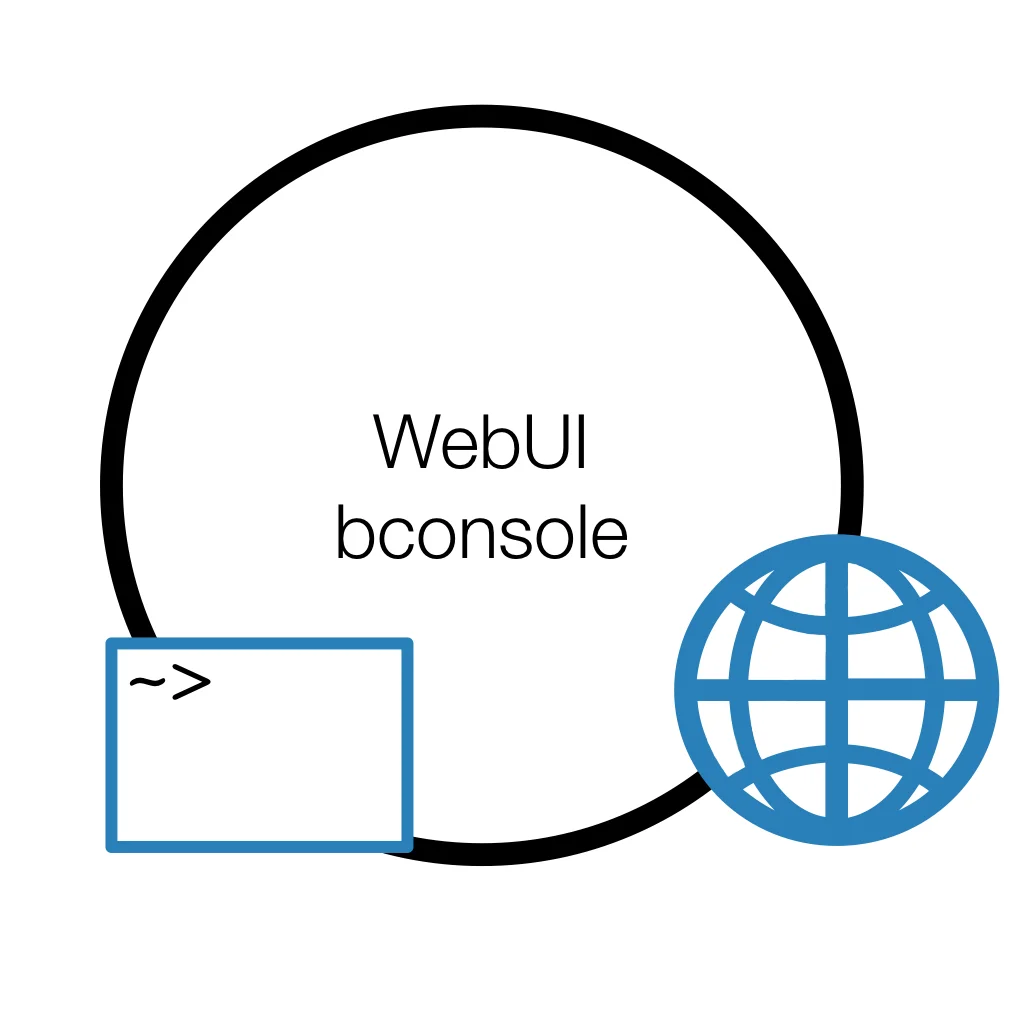
Two Interfaces
There are two ways to communicate with the Director: the command line tool Bareos Console (bconsole) and the WebUI (since Bareos 15.2) which is accessed via a web browser. The interface is multilingual, can address multiple Bareos Directors and databases, display backup jobs, start, cancel or re-run them. During the restore process, the WebUI displays a file tree for easier navigation and also shows access rights, user and group membership, timestamp and size.
Bareos WebUI Screenshots
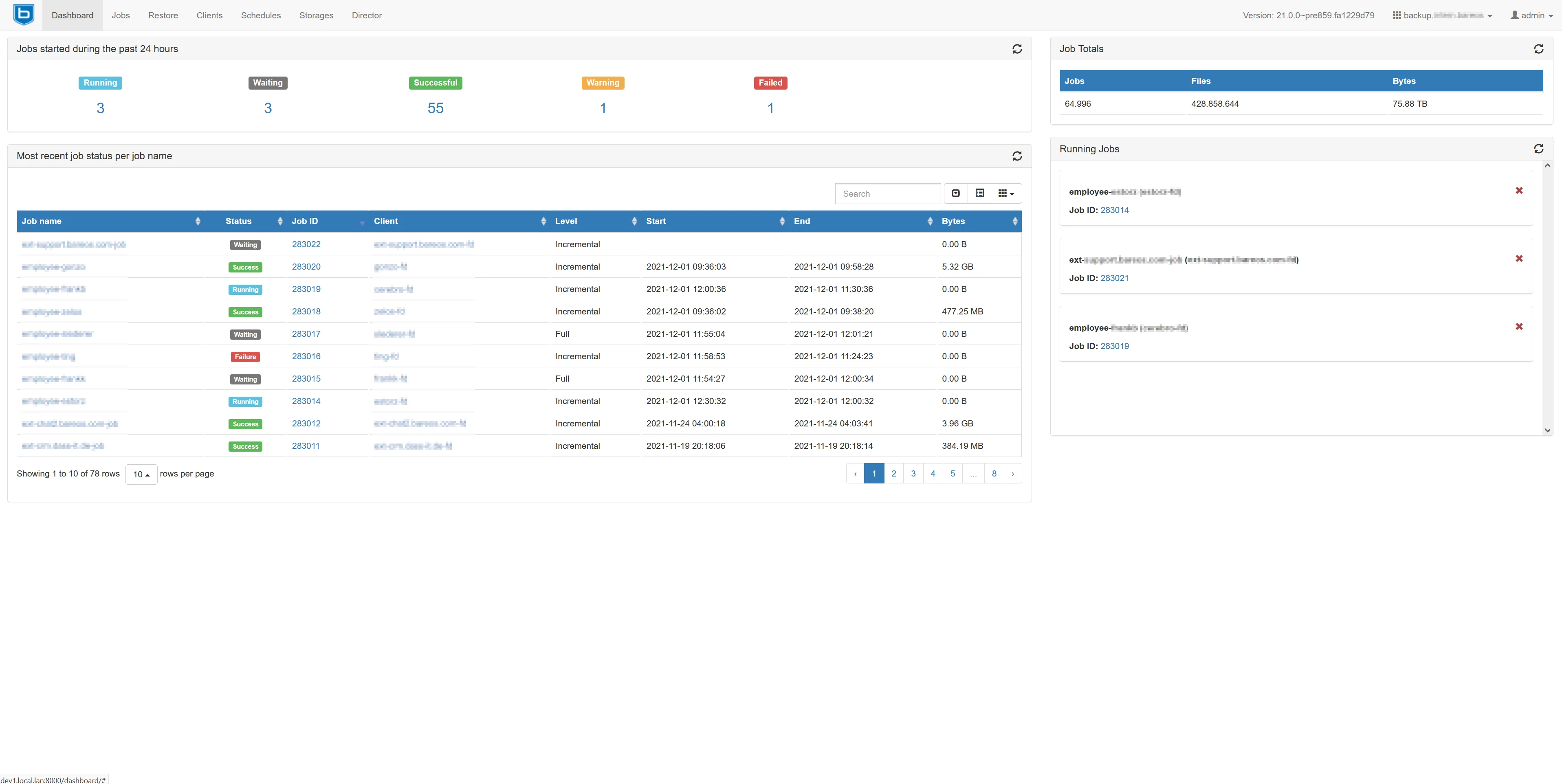
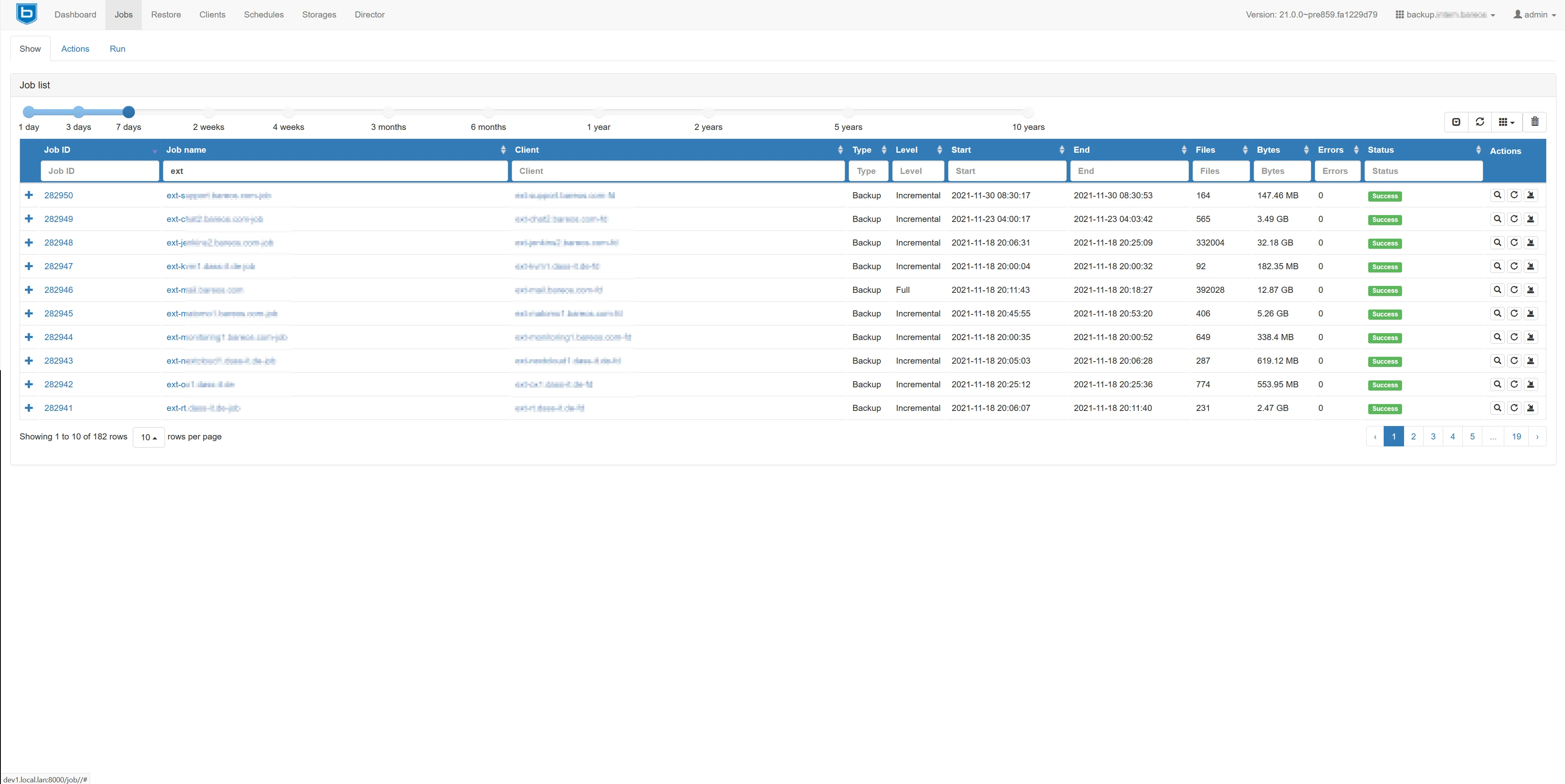
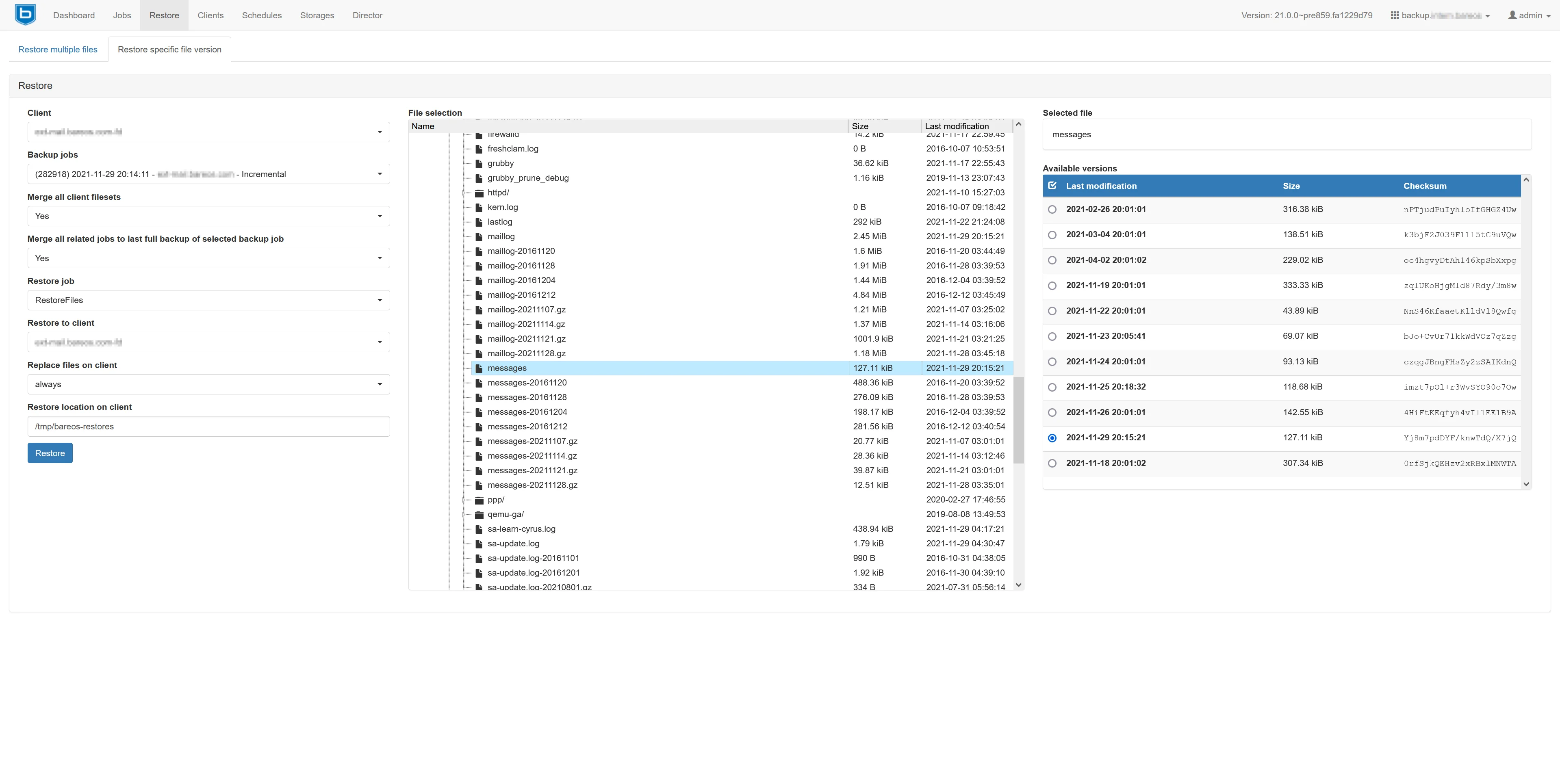
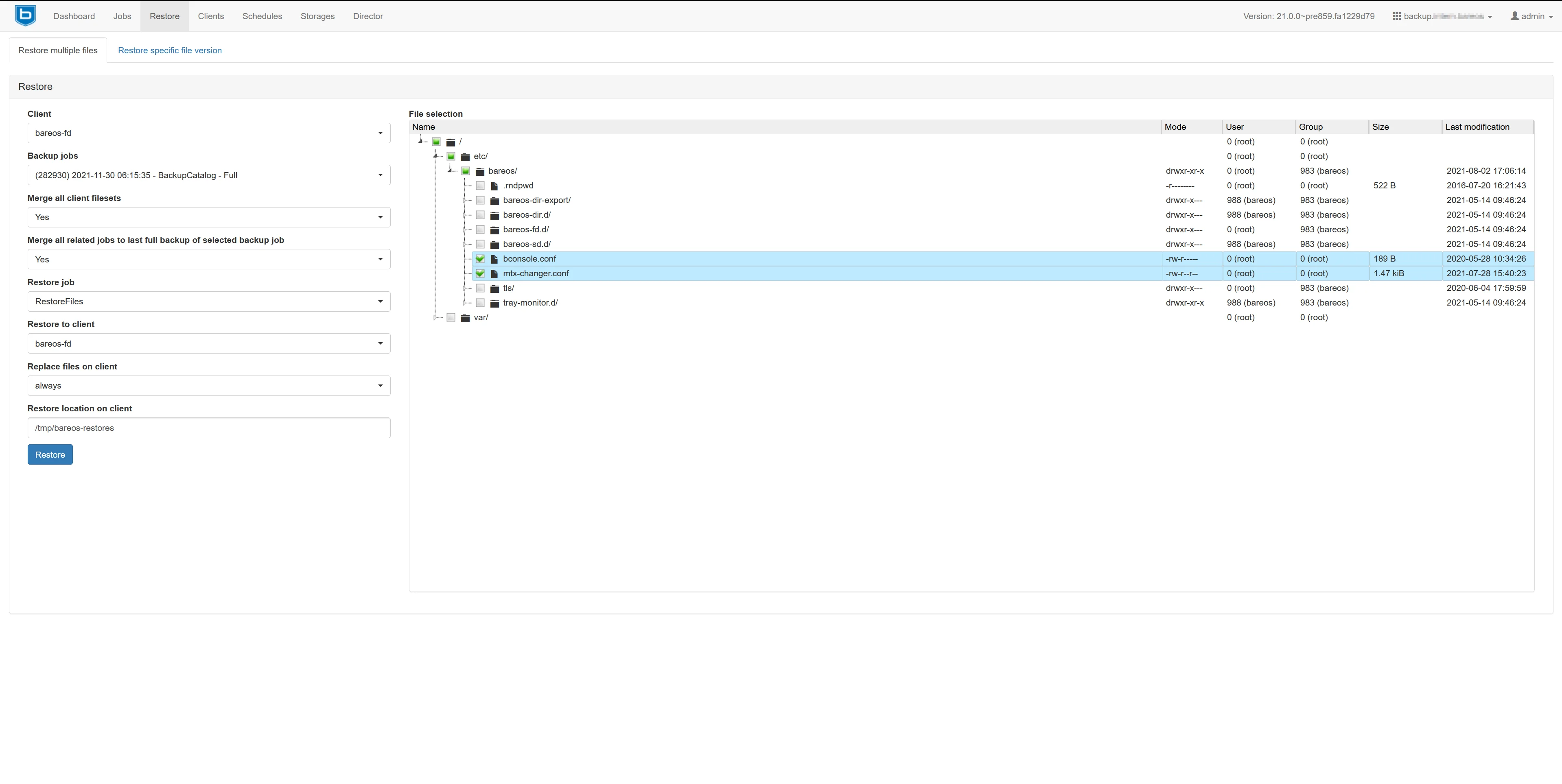
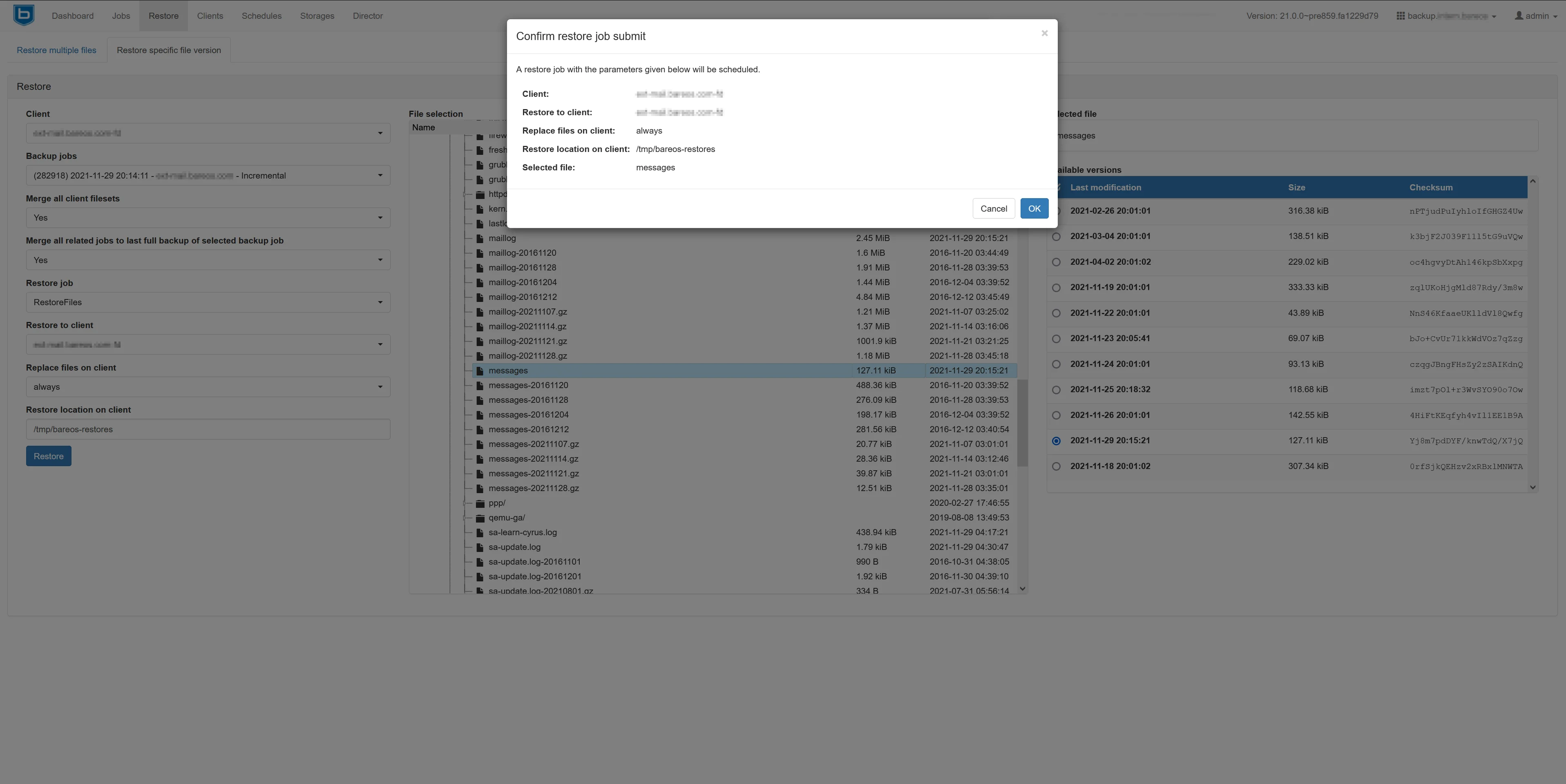
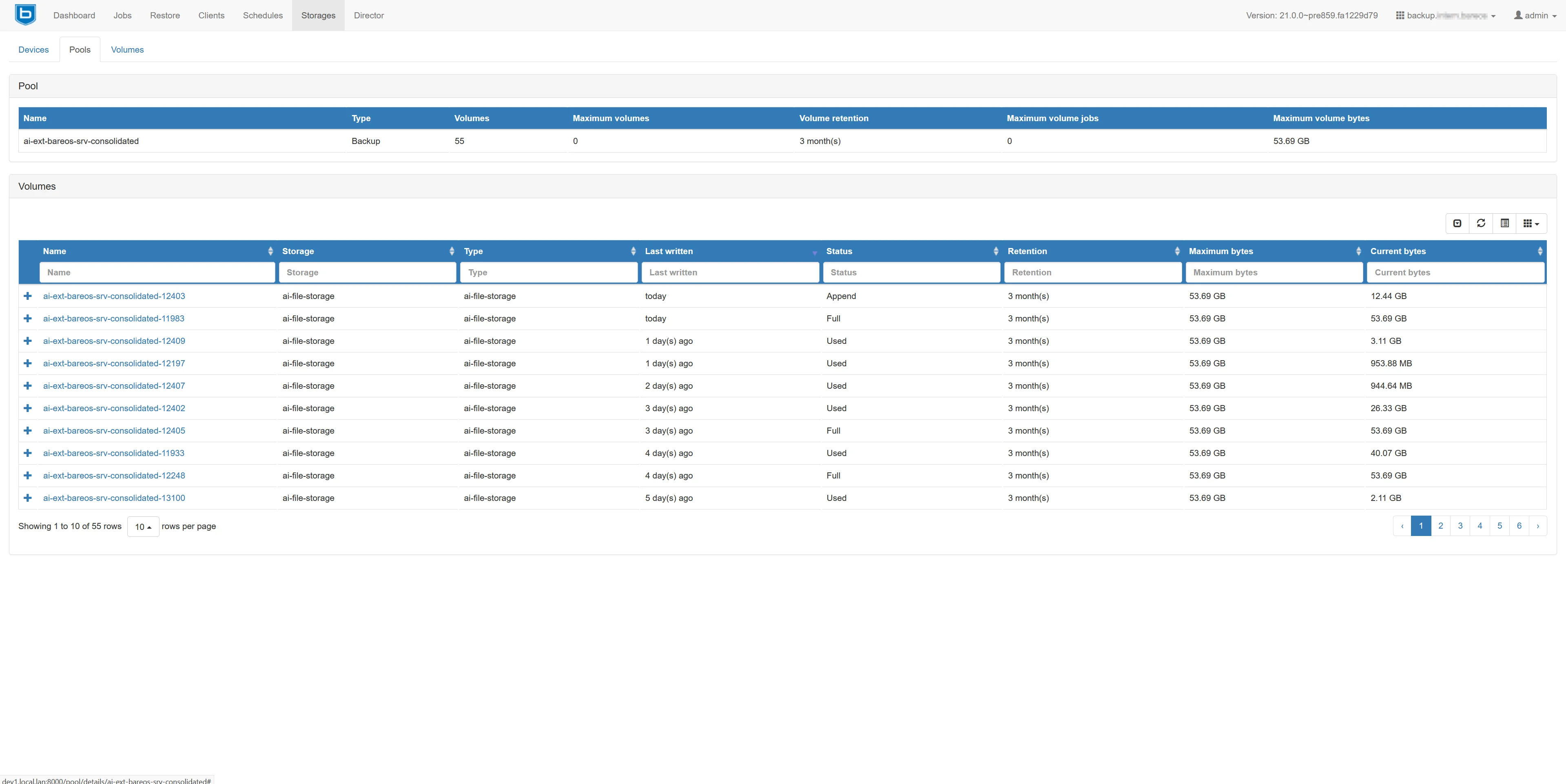
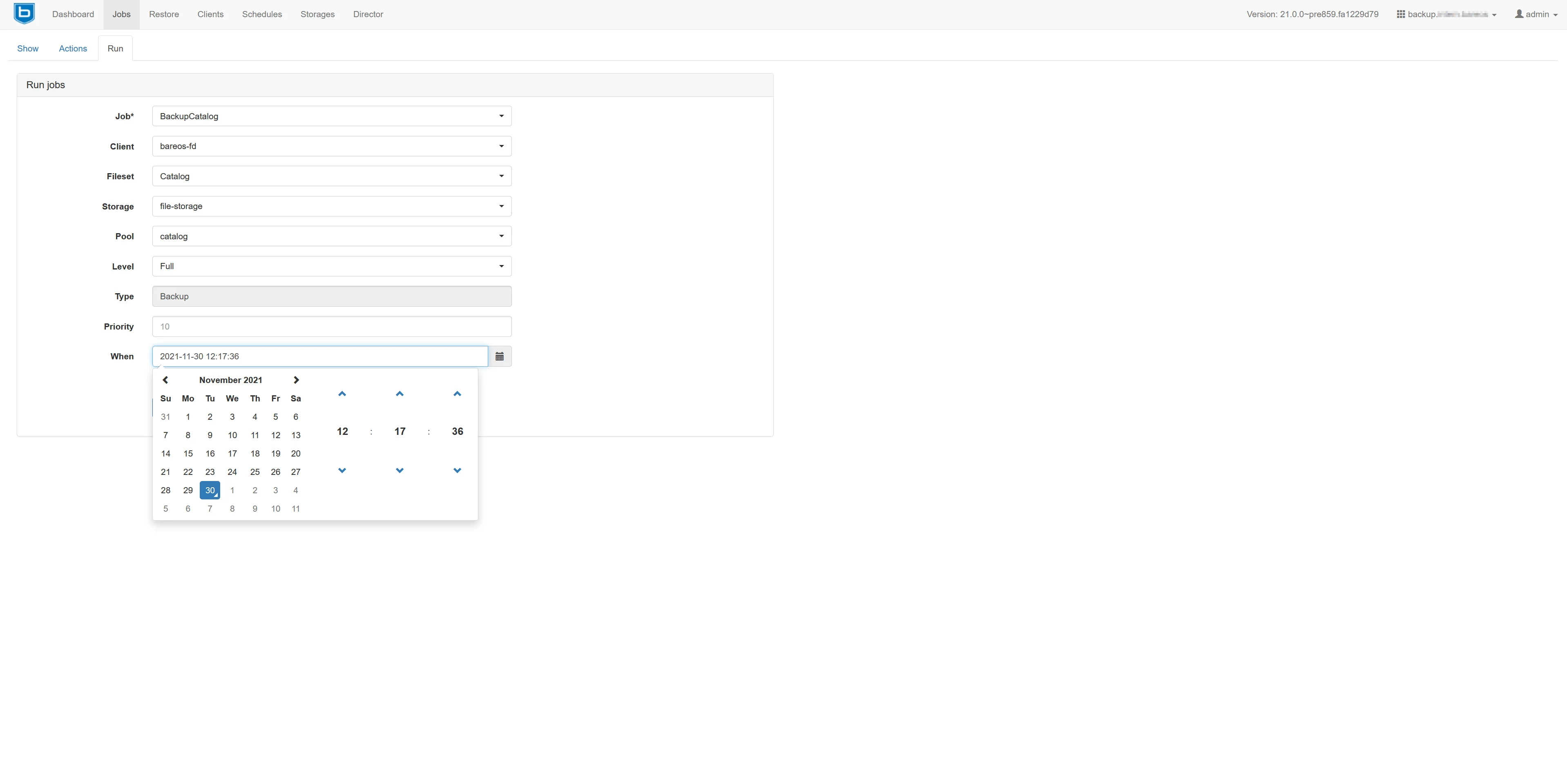
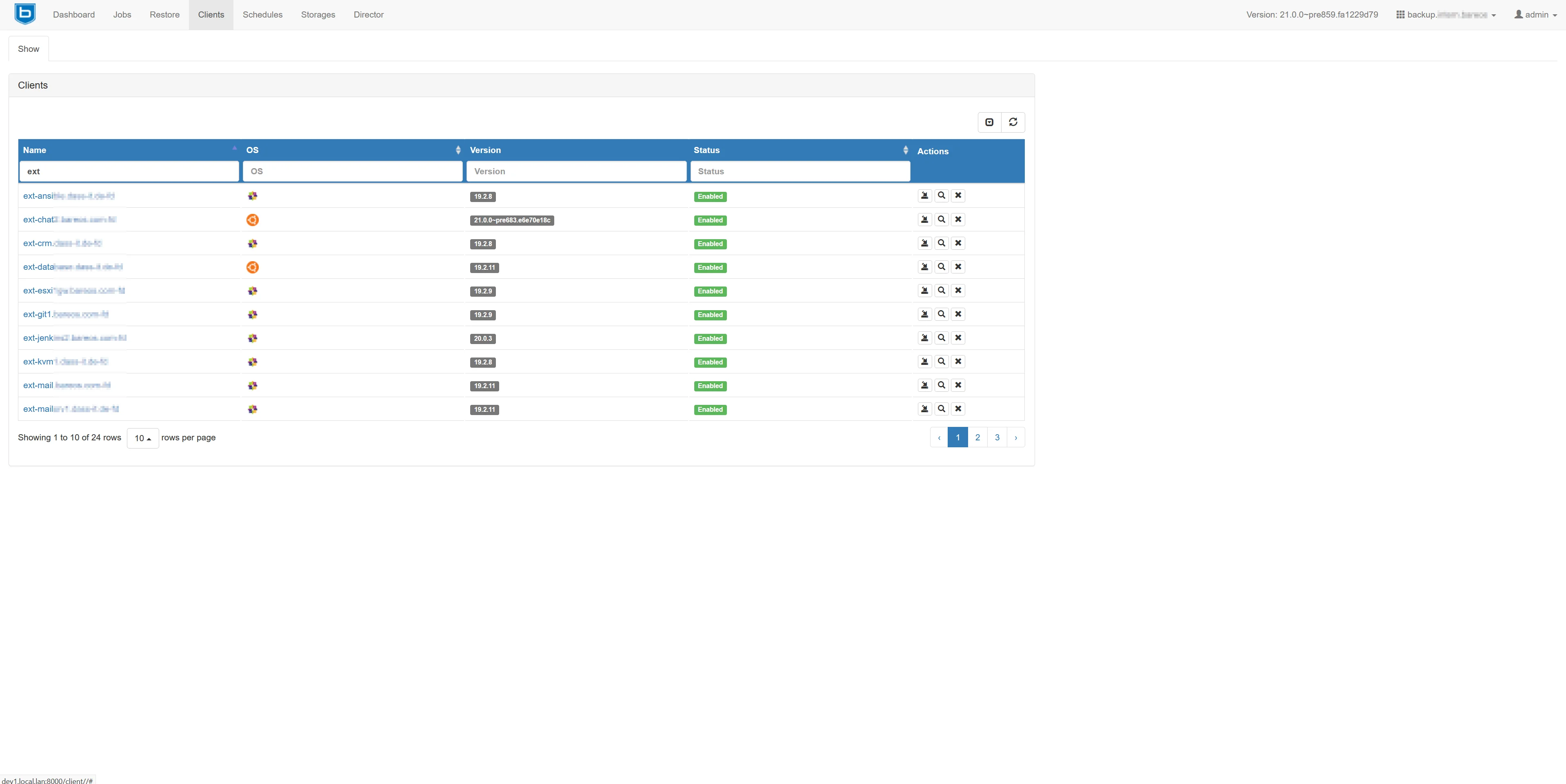
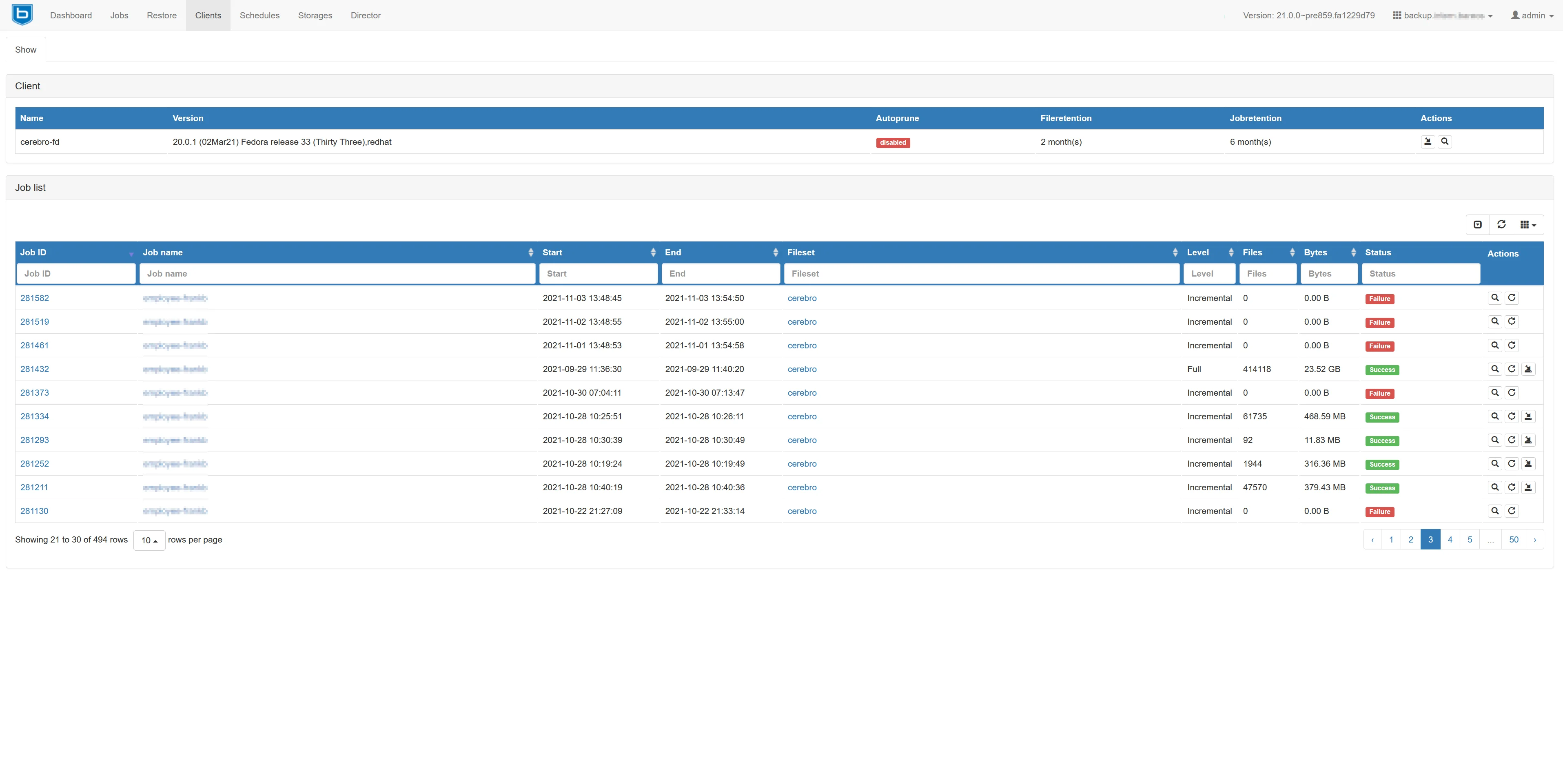
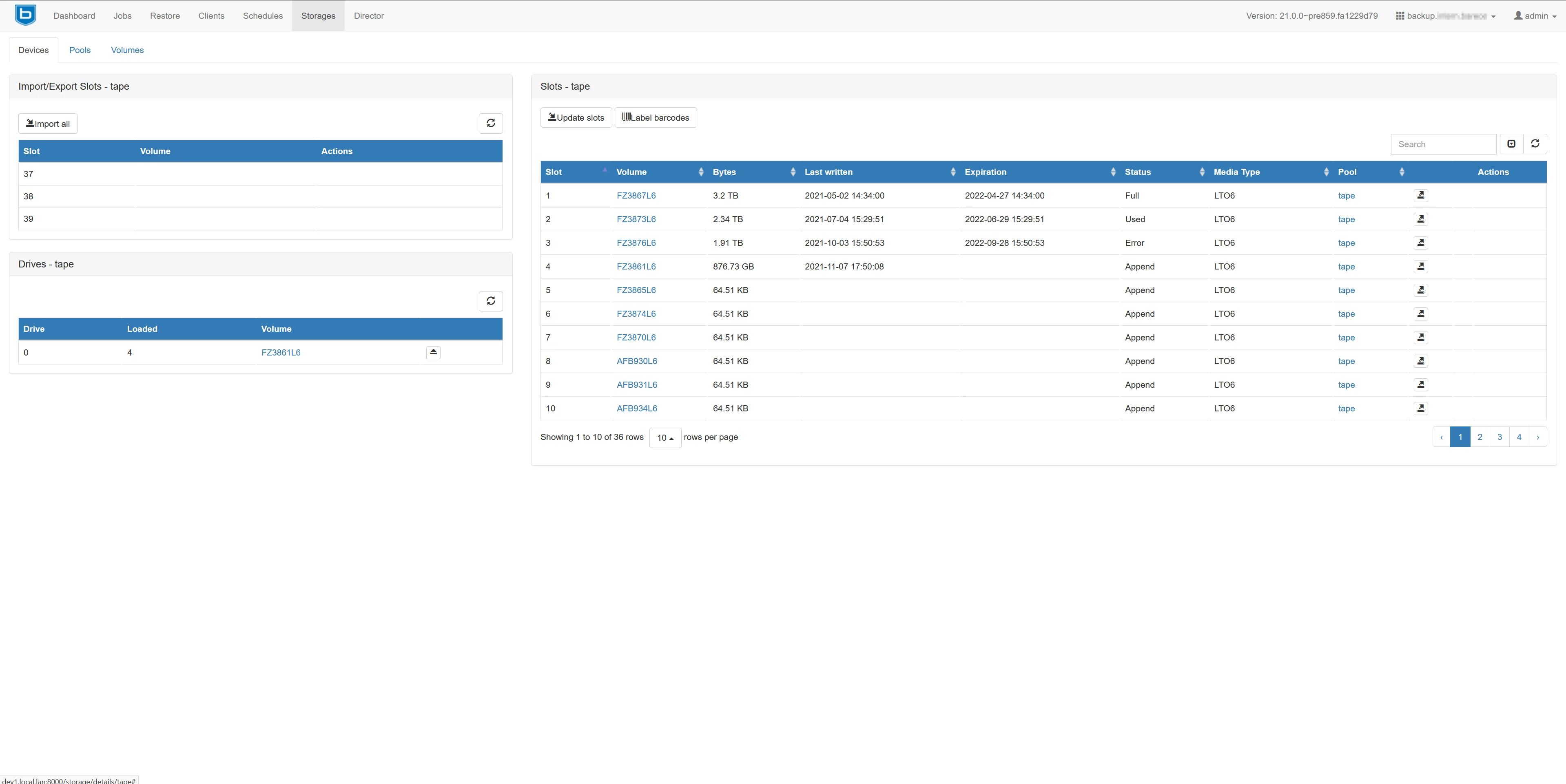
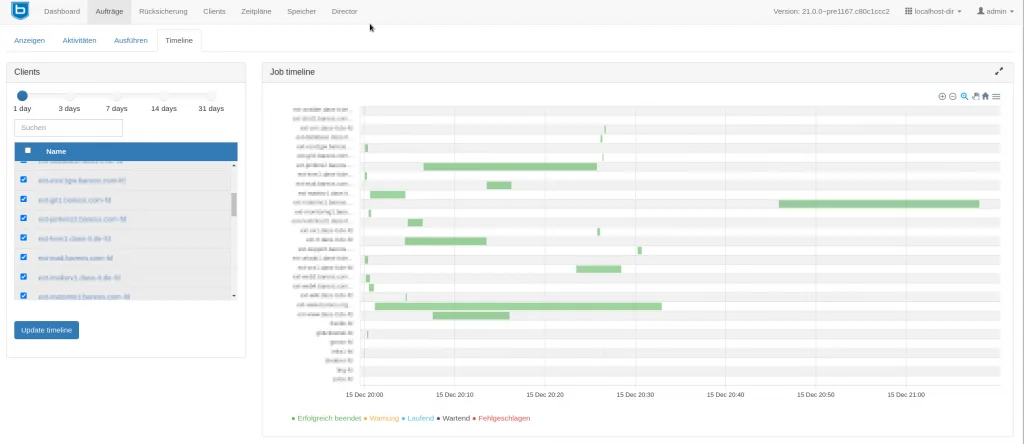
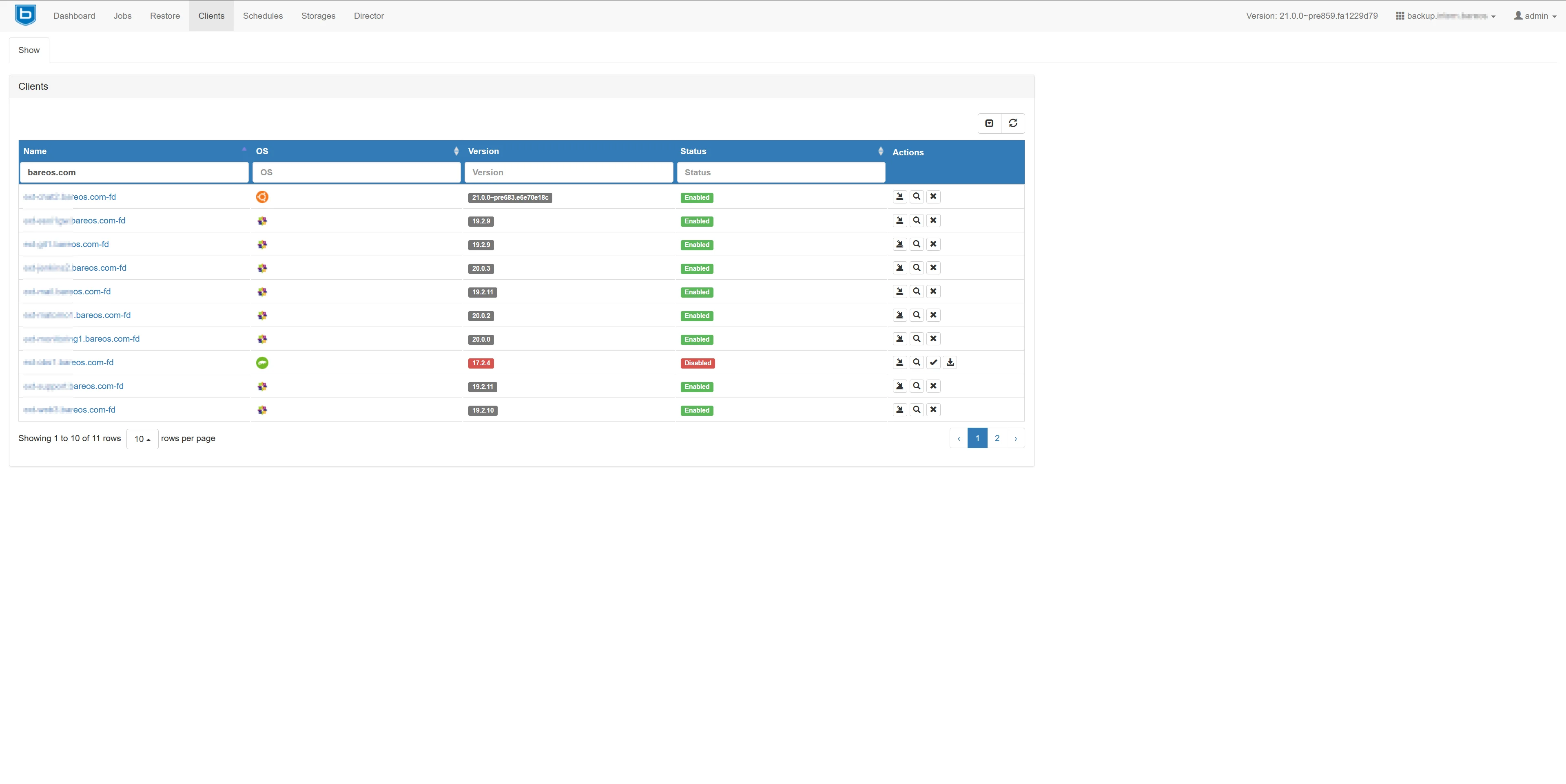
Flexible and Extensible
The File Daemon (FD) runs on the client and is responsible for backing up the data and restoring it when needed. The FD executes the instructions of the Bareos Director and sends the data to be backed up to the Bareos Storage Daemon.
Bareos offers File Daemons for many popular operating systems, including Linux, FreeBSD, AIX, HP-UX, Solaris, Windows and macOS. In addition, the backup solution includes numerous plug-ins which allow safely backing up and restoring various database servers (PostgreSQL, MySQL, MSSQL), LDAP directory services, cloud storage and virtual machines (VMware, oVirt).
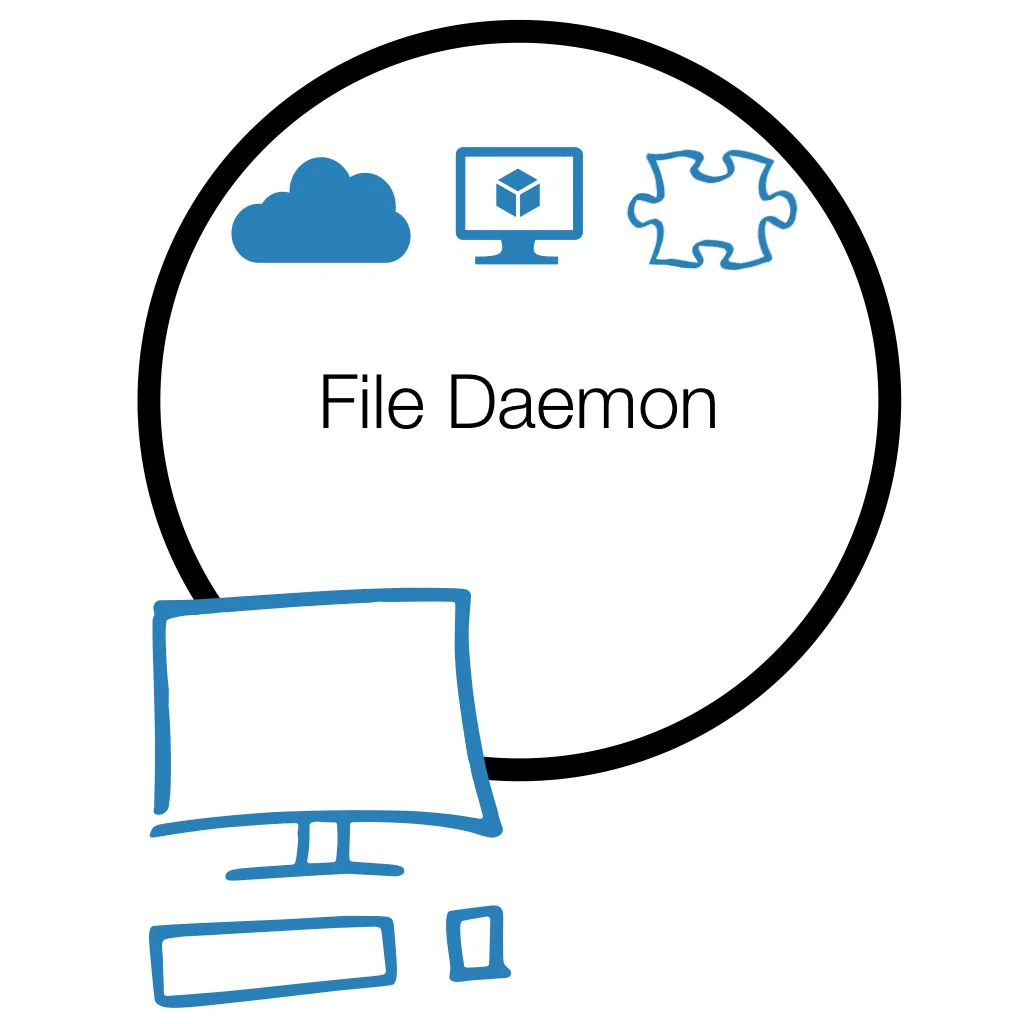
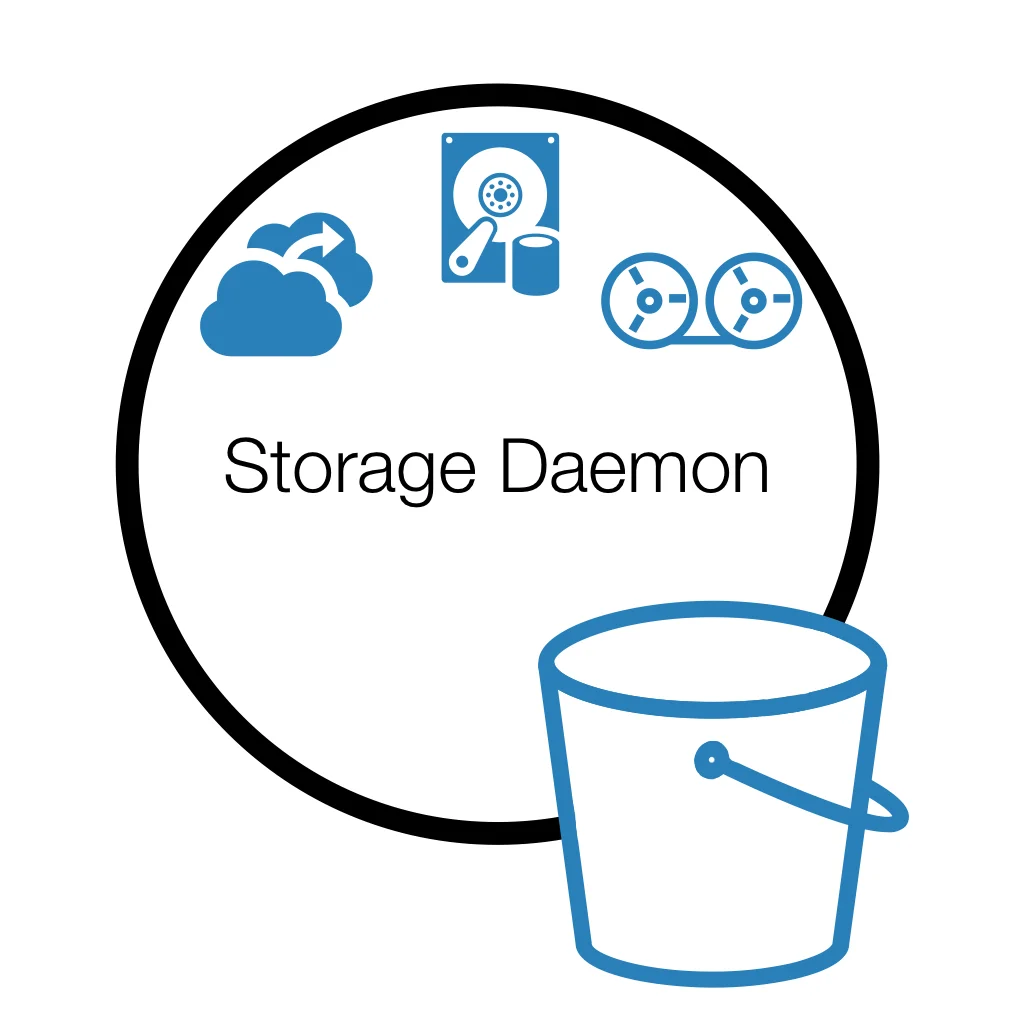
Backups: local and in the Cloud
The Storage Daemon (SD) receives data from a File Daemon and stores it, along with all attributes, on the configured backup media.
The most commonly used storage backends are hard disks and tape libraries; however, Bareos can also use a variety of cloud storage as backup targets, including Gluster, Ceph, and Amazon S3. If a media changer is involved, then the Storage Daemon controls that device too. In case of a restore request, the SD identifies the correct data and sends it back to the File Daemon.
